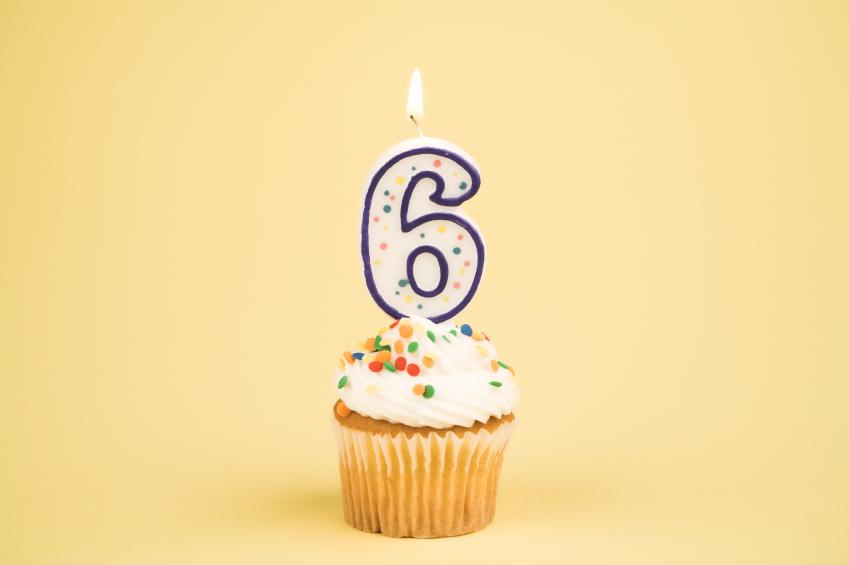Today we kick off our weekly Q&A session with the most common question I get:
“I have been working on _______ EVERY day and it will not loosen up. What do I do?”
We have all been there on this one. For some of you it may be the calves or hamstrings, and for others maybe it’s a hip or a persistent shoulder issue that just won’t let up. Whatever the area, the problem just won’t go away despite consistent work with the roller or massage ball. So what’s going on and why won’t it go away??
The first thing to realize is that our bodies are not like cars. If something breaks down, we can’t just swap that part out and carry on our merry way like it never happened. This is even more true when it comes to overuse injuries. For most of us, the start of symptoms and the start of the injury are not one and the same. There is a gap between the two and that gap is where we learn how to compensate around the problem so that we can continue training , racing, competing, etc.
This means we need to step back and stop focusing our efforts just on the area that hurts. Instead, we need to think about what other areas are contributing to the problem. Here’s an example:
Shoulder Pain (front of the shoulder to be more specific):
- You start your self treatment using the Anterior (Front of) Shoulder Basics Course. This will take you through a progression of treatments targeting that area over the course of a few days. You want that time to see what works and to allow recovery between treatment sessions. However, at the end of that program, your shoulder still hurts. Now what?
- My next step would be to include work on the opposite side of the shoulder. Why? Muscle groups work in pairs. These pairs allow controlled movement of a joint in opposite directions. If the front side is having problems, then its safe to assume that the back side is as well. Head over to the body map and pull up the back of the shoulder. Add those techniques into your self treatment and reassess how things are feeling.
- If working both sides doesn’t help, then it’s time to expand the areas we are working on. Why? Most major muscle groups work to move more than one joint. If there are problems at one joint, that muscle group will likely be compromised in how it moves the other joint. This is why the next step is to move up one joint and move down one joint. Using the shoulder as an example, this means that it is time to see how the neck and upper arm (biceps/triceps) are feeling. Back to the body map and pull up those basics courses to learn those techniques.
To put it more simply:
- Start with the problem area.
- Expand the area you are working on to include the opposite side as well.
- Add in the areas directly above and below the problem area.
Sound complicated? It’s not at all! This is where the interactive body map comes in. It doesn’t require you to know muscle groups or names. Simply start with your problem area and then flip the map over to find the area on the other side (this option is on the left hand side of the map). If you are moving up or below, use your mouse to select the areas directly above and directly below.


